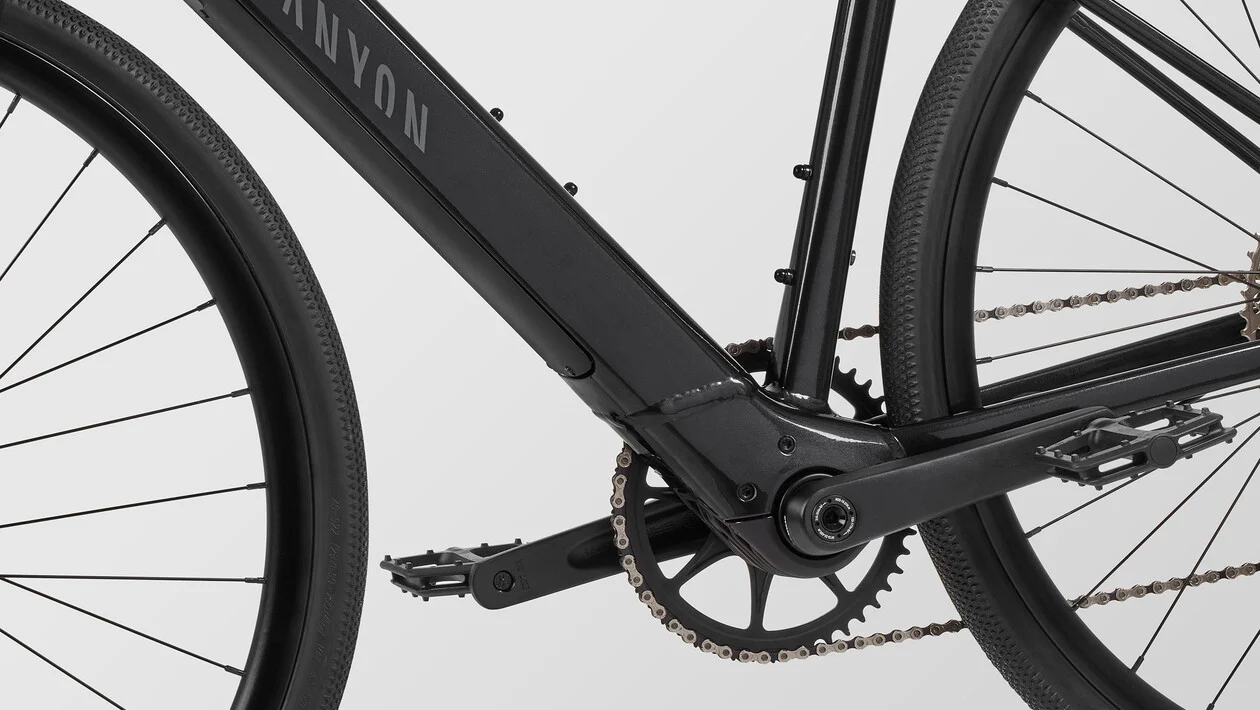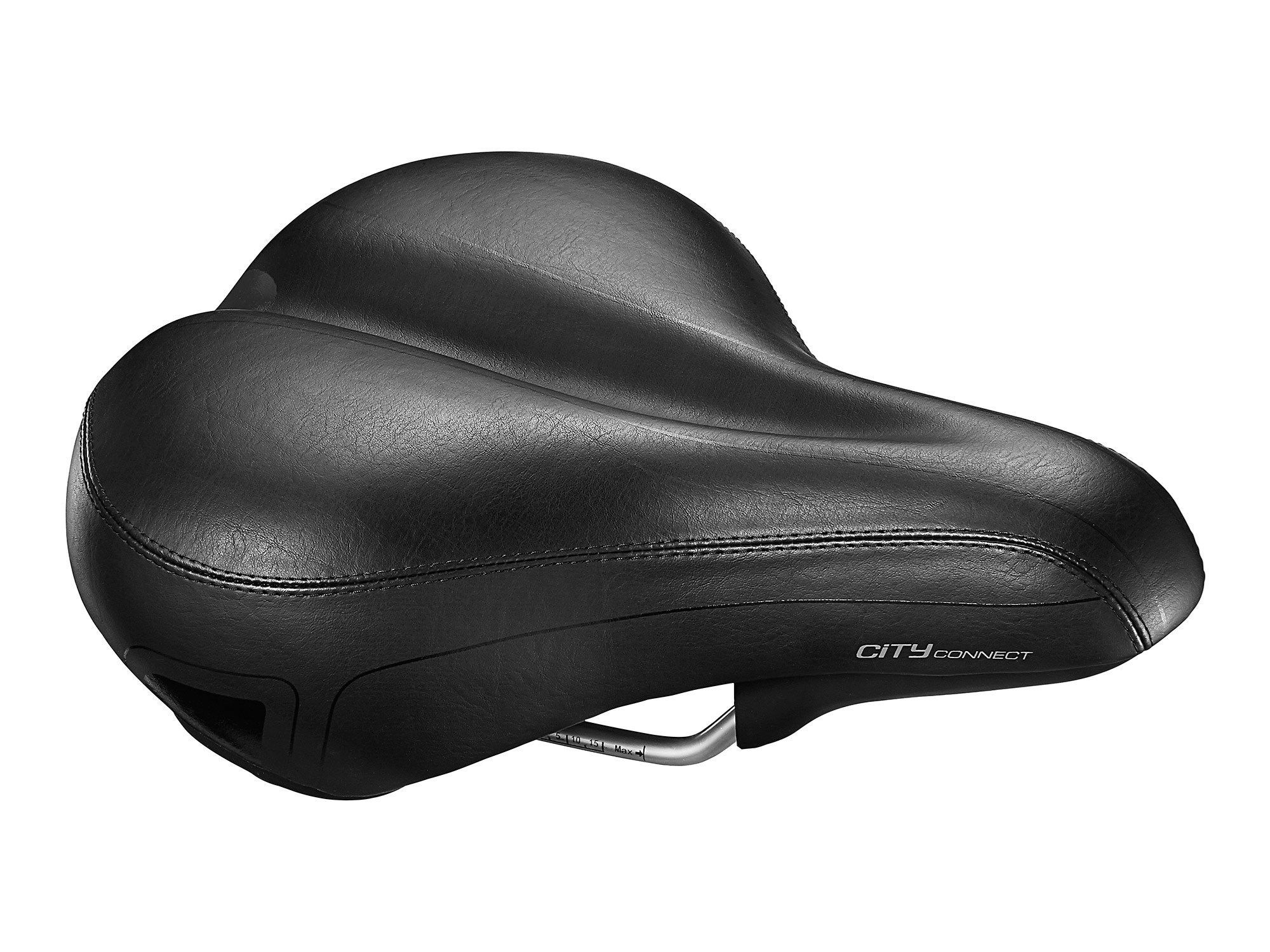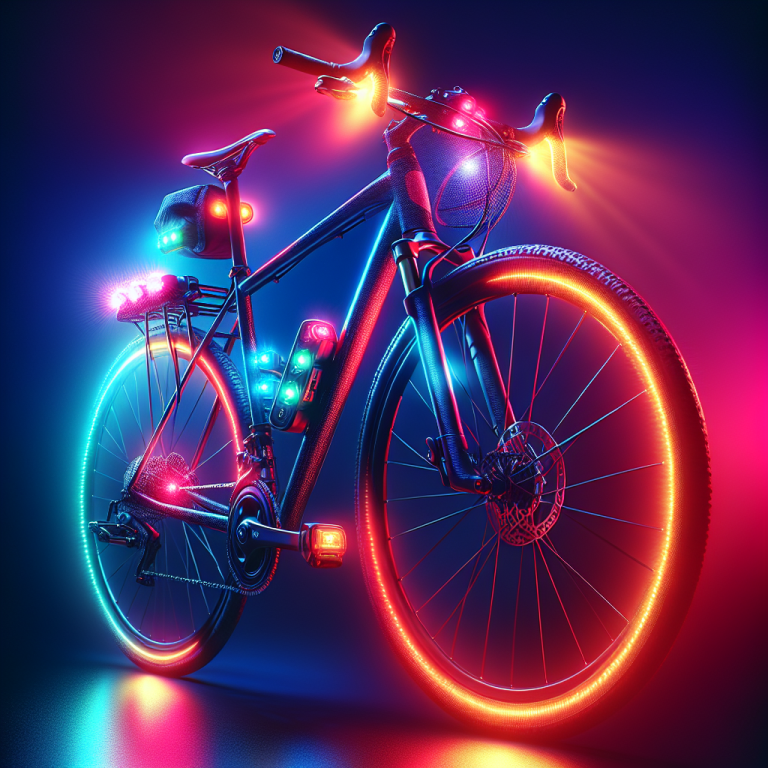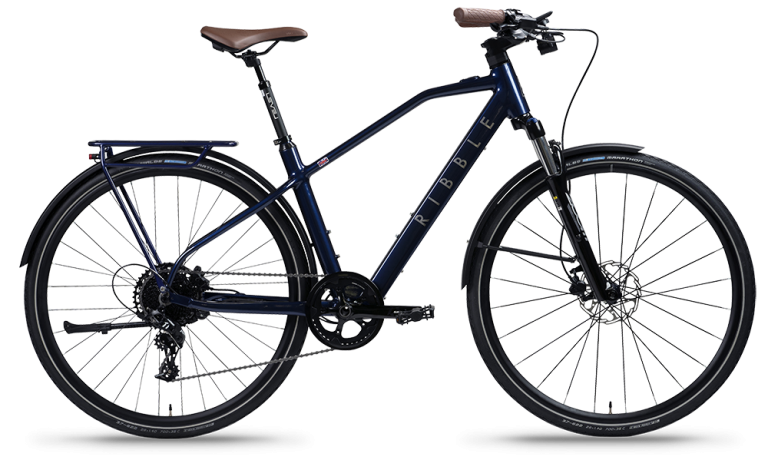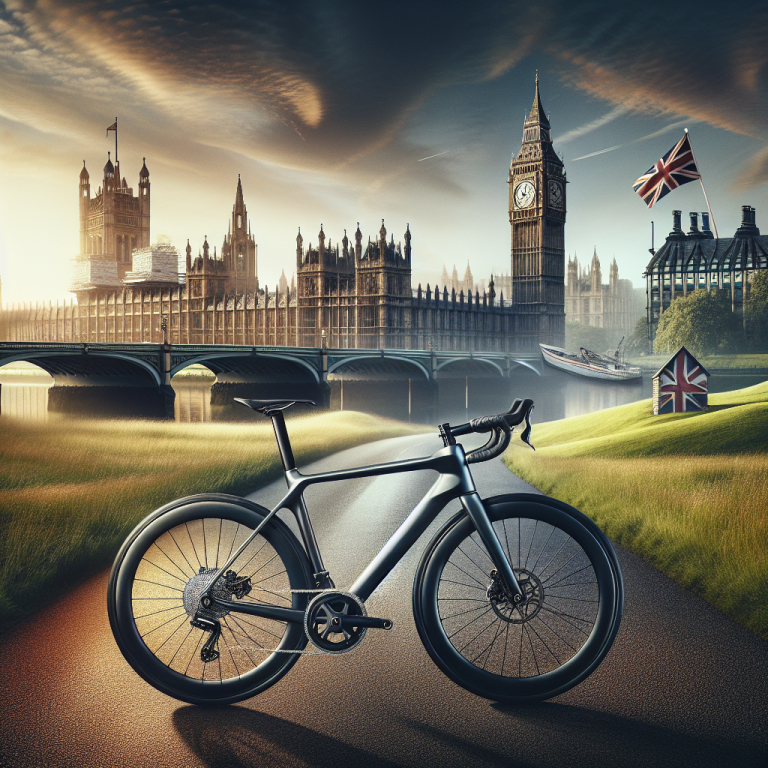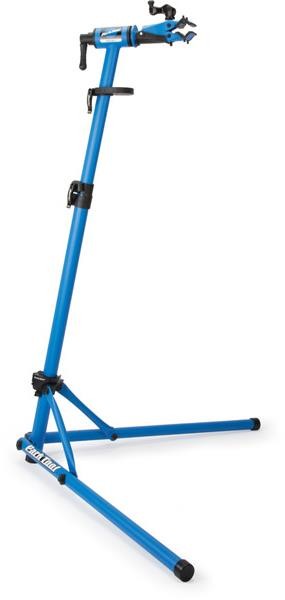Imagine cruising through the bustling streets of a vibrant city, feeling the wind in your hair and the thrill of exploration. In a world where commuting has become an art, the urban bike emerges as your trusty companion. Designed specifically for navigating the urban jungle, this sleek two-wheeler effortlessly maneuvers through traffic, effortlessly blending style and functionality. It’s time to uncover the many facets of the urban bike, from its lightweight frame to its versatile features, and discover how it has revolutionized transportation in the concrete maze of city life. An urban bike, also known as a city bike or commuter bike, is a type of bicycle specifically designed for navigating through urban environments. These bikes are well-suited for short to medium distance rides within a city, whether it be for commuting to work, running errands, or simply enjoying a leisurely ride around town. Urban bikes are characterized by their practicality, comfort, and versatility, making them a popular choice for urban dwellers and cyclists of all skill levels.
Table of Contents
ToggleDefinition of an Urban Bike
An urban bike is defined by its purpose and design features. It is a bicycle optimized for urban transportation, making it easier for riders to navigate through busy streets, handle various road conditions, and carry everyday essentials. Unlike specialized bikes for specific terrain or activities, urban bikes are built to cater to the everyday needs of city cyclists, providing a reliable and efficient means of getting around in an urban environment.
Features of an Urban Bike
Urban bikes typically feature a sturdy frame, comfortable handlebars, well-designed gearing systems, durable wheels and tires, efficient brakes, a comfortable seat, and various accessories. These features are carefully chosen to enhance the bike’s performance, comfort, and functionality in urban settings.
Purpose of an Urban Bike
The purpose of an urban bike is to provide a convenient and efficient mode of transportation for navigating city streets. It aims to offer an alternative to traditional modes of transportation, such as cars or public transportation, by providing a more sustainable, cost-effective, and enjoyable way to travel within a city. Urban bikes promote a healthier and more active lifestyle while offering the freedom and flexibility to explore the city at your own pace.
Origin of Urban Bikes
The concept of urban biking dates back to the late 19th century when bicycles became a popular means of transportation in cities. As cities grew larger and more congested with horse-drawn carriages, bicycles offered a faster and more maneuverable mode of transportation. Initially, bicycles were seen as a form of recreation or a luxury item, but with advancements in technology and changes in urban infrastructure, they gradually became widely adopted as a practical mode of urban transportation.
Development and Evolution
Urban bikes have undergone significant developments and evolutions over the years to cater to the changing needs and preferences of urban cyclists. From the early days of simple and utilitarian designs to the modern-day sleek and stylish models, urban bikes have become more refined, comfortable, and efficient. The development of lightweight materials, advanced gearing systems, and innovative accessories has revolutionized the urban biking experience, making it more accessible and enjoyable for riders of all ages and abilities.
Popularity of Urban Bikes in Modern Times
In recent years, there has been a resurgence in the popularity of urban biking. With the growing awareness of the environmental impact of fossil fuel-powered transportation, increasing traffic congestion, and the desire for a healthier lifestyle, more people are turning to urban bikes as a practical and sustainable solution. Cities around the world are also investing in cycling infrastructure, such as bike lanes and parking facilities, to accommodate the increasing number of urban cyclists. All these factors have contributed to the growing popularity of urban bikes in modern times.
Design of Urban Bikes
The design of urban bikes is carefully considered to meet the specific needs of urban cyclists. Each component plays a crucial role in optimizing the bike’s performance and comfort in urban environments.
Frame
A sturdy and durable frame is essential for urban bikes as they need to withstand the rigors of urban riding. Urban bike frames are typically made from lightweight materials like aluminum or steel to provide strength without sacrificing maneuverability. The geometry of the frame is often designed for an upright riding position, offering better visibility and comfort during city commutes.
Handlebars
Urban bikes are commonly equipped with upright or swept-back handlebars, such as flat bars or cruiser-style bars. These handlebars provide a comfortable and relaxed riding position, allowing riders to maintain an upright posture and have a better view of their surroundings. The handlebars also provide easy access to the brakes and shifters, enhancing the bike’s maneuverability in urban traffic.
Gearing System
Urban bikes often feature a wide range of gears to accommodate varying terrain and riding conditions. They may have multiple speeds with a derailleur system or a simpler single-speed or internally geared hub. The choice of gearing system depends on the rider’s preference and the terrain they will encounter during their urban rides. Having multiple gears allows for easier uphill climbs and faster speeds on flat stretches, while single-speed or internally geared hubs offer simplicity and low maintenance.
Wheels and Tires
Urban bike wheels and tires are designed to strike a balance between speed and comfort. They are typically wider than those found on road bikes to provide more stability and cushioning over rough urban roads. The tires often feature a tread pattern designed for urban riding, offering good grip and puncture resistance. Some urban bikes may even come with puncture-resistant tires to minimize the risk of flats, which can be quite common in urban environments.
Brakes
Reliable brakes are essential for urban bikes to ensure safe and controlled stopping in traffic. Common brake types found on urban bikes include rim brakes, such as caliper or cantilever brakes, and disc brakes. Rim brakes are lightweight and easy to maintain, while disc brakes offer superior stopping power and perform well in all weather conditions. The choice of brake type depends on the rider’s preferences and needs.
Seat and Post
Comfort is a top priority for urban biking, so urban bikes often come with a comfortable seat and an adjustable seat post. The seat should provide adequate padding and support for longer rides without causing discomfort or pain. The adjustable seat post allows riders to find the perfect height for their riding style and body proportions, ensuring an optimal riding position.
Lights and Reflectors
Safety is paramount when riding in urban environments, especially during low light conditions. Many urban bikes are equipped with front and rear lights, as well as reflectors, to increase visibility to other road users. Some modern urban bikes even have built-in dynamo-powered lights, which eliminate the need for batteries and ensure that the lights are always ready to use.
Fenders
Urban bikes often have fenders or mudguards installed to keep riders clean and dry while riding in wet weather or on wet roads. These fenders prevent water and debris from splashing onto the rider and their clothing, providing a more comfortable and enjoyable riding experience.
Carrying Capacity
One of the key features of urban bikes is their ability to carry everyday essentials, such as groceries, backpacks, or work-related items. Urban bikes may come with racks or baskets attached to the front or rear of the bike, providing a convenient way to transport items without the need for additional bags or backpacks. Some urban bikes even have specialized cargo racks or panniers designed to carry heavier loads, making them ideal for errands or commuting.
Other Design Considerations
In addition to the above features, urban bikes may include other design considerations to enhance their functionality and practicality. These may include chain guards to protect clothing from getting caught in the chain, kickstands for easy parking, quick-release mechanisms for easy adjustments or transportation, and even built-in locks or anti-theft devices to secure the bike when unattended.
Benefits of Urban Bikes
Urban bikes offer numerous benefits that make them an appealing choice for urban dwellers and cyclists. These benefits extend beyond personal advantages and contribute to a more sustainable and livable city.
Alternative Transportation
Urban biking provides a convenient and eco-friendly alternative to traditional modes of transportation, such as cars or public transportation. It allows you to bypass traffic jams, navigate through narrow streets, and reach your destination more efficiently. By choosing an urban bike, you contribute to reducing traffic congestion and air pollution, making your city a cleaner and more sustainable place to live.
Eco-Friendly
Urban bikes have a minimal environmental impact compared to cars or motorcycles, as they produce no harmful emissions and require no fossil fuels to operate. Cycling instead of driving can significantly reduce your carbon footprint, helping to combat climate change and air pollution. Choosing an eco-friendly mode of transportation like urban biking demonstrates your commitment to a sustainable and green lifestyle.
Health and Fitness
Regular urban biking provides excellent cardiovascular exercise and helps improve overall health and fitness. It strengthens your muscles, improves joint mobility, enhances lung capacity, and boosts mental well-being. By incorporating biking into your daily routine, you can achieve your fitness goals while enjoying the freedom and pleasure of cycling through the city streets.
Cost Savings
Compared to the costs associated with owning and maintaining a motor vehicle, urban biking is a much more affordable option. The initial investment in an urban bike is typically much lower than purchasing a car, and ongoing costs for maintenance, fuel, parking, and insurance are virtually nonexistent. By choosing an urban bike, you can save a significant amount of money, which can be used for other purposes or saved for future endeavors.
Efficient Commuting
Urban bikes are specifically designed for navigating urban landscapes, allowing you to commute efficiently and reliably. With a bike, you’re not bound by congested roads or limited parking spaces. Instead, you can weave through traffic, take shortcuts, and find parking in bike-friendly areas. Urban biking enables you to beat the rush hour traffic, arrive at your destination on time, and start your day feeling energized and refreshed.
Reduced Congestion and Parking Problems
By opting for an urban bike instead of a car, you contribute to reducing traffic congestion on city streets. With more people choosing bikes as a mode of transportation, there are fewer cars competing for limited road space. This leads to smoother traffic flow and shorter commute times for everyone. Moreover, finding parking for a bike is much easier and more convenient than finding a parking spot for a car.
Connection with the City
Urban biking allows you to experience your city in a unique and intimate way. When you ride a bike, you’re more connected to your surroundings, able to observe the sights, sounds, and small details that often go unnoticed in a car. Biking encourages you to explore different neighborhoods, discover hidden gems, and experience the vibrancy and diversity of your city firsthand. It fosters a sense of belonging and a deeper connection with the community.
Versatility and Customization Options
Urban bikes come in a wide range of styles and designs to suit different preferences and needs. Whether you prefer a classic city bike, a folding bike for easy storage, or an electric bike for an extra boost, there is an urban bike that suits your individual preferences and lifestyle. Urban bikes are also highly customizable, allowing you to add accessories, personalize the aesthetics, and tailor the bike to your specific requirements.
Social and Community Benefits
Urban biking fosters a sense of community and social connection among cyclists. It creates opportunities to meet and interact with other riders, share experiences and recommendations, and participate in group rides or events. Biking can also be a social activity with friends and family, allowing you to bond and spend quality time together. By joining local cycling groups or initiatives, you can become a part of a larger community that advocates for cycling and works towards improving cycling infrastructure in your city.
Fun and Enjoyment
One of the greatest benefits of urban biking is the sheer joy and fun it brings. Cycling through the streets, feeling the wind on your face, and seeing the city from a different perspective can be an exhilarating and liberating experience. Whether you’re commuting to work, running errands, or simply enjoying a leisurely ride, urban biking injects an element of adventure, excitement, and spontaneity into your day-to-day routine.
Types of Urban Bikes
Urban bikes come in various types, each catering to different riding preferences and needs. Here are some of the most common types of urban bikes:
City Bikes
City bikes, also known as classic or traditional bikes, are designed with comfort and practicality in mind. They typically feature an upright riding position, fenders, racks or baskets for cargo, and often come with internal hub gears or a single-speed drivetrain. City bikes are perfect for casual commuting, leisurely rides, and running errands around town.
Folding Bikes
Folding bikes are compact and portable, making them ideal for urban environments where space is limited. These bikes can be easily folded and stored in small apartments, offices, or public transport. They allow you to seamlessly combine biking with other modes of transportation, such as buses, trains, or even airplanes. Folding bikes are popular among commuters and individuals who need a convenient and versatile mode of transportation.
Cargo Bikes
Cargo bikes are designed for carrying heavy loads and transporting goods in an urban environment. They are equipped with sturdy frames, large cargo racks or boxes, and often have an electric assist system for easier pedaling when carrying heavy items. Cargo bikes are commonly used for deliveries, grocery shopping, or transporting children, offering an eco-friendly and efficient alternative to motorized vehicles.
Electric Bikes
Electric bikes, also known as e-bikes, are equipped with an electric motor that provides assistance when pedaling. These bikes allow riders to travel longer distances, climb hills with ease, and overcome physical limitations. E-bikes are particularly popular among commuters who want to speed up their commute or individuals who may be less physically fit but still want to enjoy the benefits of urban biking.
Hybrid Bikes
Hybrid bikes combine the features of road bikes and mountain bikes, making them versatile and suitable for a variety of urban terrains. They typically have a more upright riding position than road bikes, wider tires for better stability, and a wide range of gears to handle different riding conditions. Hybrid bikes are an excellent choice for riders who want a bike that can handle both city streets and light off-road trails.
Single-Speed Bikes
Single-speed bikes, also known as fixies, have a simple and minimalist design. They only have one gear and no freewheel mechanism, meaning the pedals are directly connected to the rear wheel. Single-speed bikes are often preferred for their low maintenance requirements, lightweight, and efficiency. They offer a unique and exhilarating riding experience, where the rider’s legs control the bike’s speed and acceleration.
Commuter Bikes
Commuter bikes are specifically designed for daily commuting in urban areas. They usually have a comfortable upright riding position, practical features like fenders and racks, and reliable components for hassle-free commuting. Commuter bikes are built to withstand the rigors of daily use and ensure a comfortable and efficient ride throughout the city.
Delivery Bikes
Delivery bikes, as the name suggests, are designed for individuals who work in the delivery industry. They are built to handle heavy loads and frequent stops, with features like sturdy frames, cargo racks or boxes, and low-step designs for easy loading and unloading. Delivery bikes provide a sustainable and efficient solution for last-mile deliveries, reducing the reliance on motorized vehicles.
Cruiser Bikes
Cruiser bikes are all about comfort and style. They typically have wide, cushioned seats, high handlebars, and a laid-back riding position. Cruiser bikes are perfect for leisurely rides along the beach or through scenic urban areas. While they may not be the fastest or most efficient option for commuting, they offer a relaxed and enjoyable riding experience.
Gravel Bikes
Gravel bikes, also known as adventure bikes, are designed for riders who want to explore beyond the city streets. They feature wider tires with a rugged tread pattern for better grip on various surfaces, including gravel and dirt paths. Gravel bikes typically have a more aggressive riding position than traditional city bikes, making them suitable for urban riders who crave adventure and want a bike that can handle different terrains.
Choosing the Right Urban Bike
Selecting the right urban bike is essential to ensure a comfortable and enjoyable riding experience. Here are some factors to consider when choosing an urban bike:
Consider Your Riding Style
Think about how you plan to use your bike in the city. Are you primarily commuting to work, running errands, or looking for a bike to enjoy leisurely rides on weekends? Knowing your riding style and intended use will help determine the type of urban bike that best suits your needs.
Frame Size and Fit
Proper fit is crucial for comfort and performance. Make sure the bike’s frame size is suitable for your height and body proportions. Consider visiting a local bike shop and getting properly fitted before making a purchase. A well-fitted bike will ensure efficient power transfer, reduce strain on your muscles and joints, and provide a comfortable riding experience.
Gearing Options
Consider the terrain and the level of physical exertion you desire when choosing a gearing system. If you expect to encounter hills or prefer an easier gear range, a bike with multiple gears or an electric bike may be more suitable. On the other hand, if you prefer a simple and low-maintenance option, a single-speed or internally geared hub may be the right choice.
Brake Types
Choose a braking system that offers reliable stopping power and matches your preferences. Rim brakes, such as caliper or cantilever brakes, are lightweight and easy to maintain. Disc brakes, on the other hand, provide superior stopping power and improved performance in wet conditions. Consider the weather conditions in your city and the braking performance you desire when selecting your urban bike.
Wheel and Tire Size
Wheel and tire size impact comfort, stability, and overall performance. Larger wheels with thinner tires offer less rolling resistance and increased speed on flat terrain, while smaller wheels with wider tires provide better control and stability over rough urban roads. Consider the road conditions and riding preferences in your city when choosing the appropriate wheel and tire size for your urban bike.
Accessories and Customization
Think about the accessories you may need to customize your urban bike for your specific needs. These may include fenders, racks, baskets, lights, or even a bell for added safety and convenience. Consider whether the bike you’re considering has mounting points or compatibility for these accessories. Customizing your bike can enhance its functionality and make it better suited to your daily activities and routines.
Budget Considerations
Set a budget for your urban bike purchase and consider the available options within that range. Urban bikes come in a wide price range, from affordable entry-level options to high-end models with advanced features. Determine your budget based on your needs and the level of quality and performance you desire. Remember that investing in a higher-quality bike may offer better durability and long-term value.
Test Ride and Research
Before making a final decision, take the opportunity to test ride different models and brands of urban bikes. This will give you a better sense of their ride quality, handling, and overall comfort. Additionally, research different brands, read reviews, and seek recommendations from experienced cyclists or local bike shops. Gathering information and firsthand experience will help you make an informed decision.
Seek Expert Advice
If you’re unsure or need guidance when choosing an urban bike, it’s always helpful to seek advice from experts. Visit a local bike shop and talk to knowledgeable staff who can assess your needs, recommend suitable options, and provide valuable insights on different bike models. Their experience and expertise can assist you in selecting the right urban bike for your specific requirements.
Maintenance Requirements
Consider the maintenance requirements of the urban bike you’re interested in. Some bikes may require more frequent or specialized maintenance, while others may have features like internal gear hubs or belt drives that minimize maintenance needs. Be aware of any specific care instructions and the availability of bike repair services in your area. Proper maintenance will ensure the longevity and smooth operation of your urban bike.
Safety Tips for Urban Biking
Safety should always be a top priority when riding an urban bike. Here are some essential safety tips to keep in mind:
Wear a Helmet
Wearing a properly fitted helmet is the most effective way to protect yourself in the event of a fall or accident. Always wear a helmet that meets safety standards and ensure that it fits snugly on your head without blocking your vision.
Abide by Traffic Laws
Treat your urban bike as you would a vehicle and obey all traffic laws, signals, and signs. Ride in the same direction as traffic and use designated bike lanes or paths whenever available. Be predictable and signal your intentions to other road users.
Stay Visible with Lights and Reflectors
Increase your visibility to other road users, especially during low light conditions or at night, by using front and rear lights and reflective accessories. Make sure your lights are in good working condition and always use them when necessary to ensure that you are easily seen by drivers, pedestrians, and other cyclists.
Use Hand Signals
Communicate with other road users by using hand signals to indicate your intended actions. Simple hand signals, such as extending your arm to indicate turning left or right, can help drivers and pedestrians anticipate your movements and ensure a safer riding experience for everyone.
Be Mindful of Road Conditions
Be aware of the road conditions and potential hazards in your surroundings, such as potholes, loose gravel, or wet surfaces. Adjust your speed and riding style accordingly to maintain control and prevent accidents. Exercise caution when approaching intersections or areas with heavy traffic.
Avoid Distracted Riding
Stay focused on the road and avoid distractions, such as using mobile devices or wearing headphones while riding. Your full attention should be on your surroundings and potential hazards. Distracted riding can compromise your safety and the safety of others.
Watch Out for Pedestrians
Always yield to pedestrians and respect their right of way, especially in crosswalks or shared paths. Slow down and be prepared to stop when approaching intersections or crowded areas. Be considerate and mindful of pedestrians to maintain a harmonious relationship between cyclists and pedestrians.
Beware of Vehicle Blind Spots
Be aware of vehicle blind spots and position yourself to be visible to drivers. Avoid riding in the blind spots of larger vehicles, such as trucks or buses, as drivers may have difficulty seeing you. Maintain a safe distance from the sides of vehicles to prevent potential collisions.
Lock Your Bike Properly
When parking your urban bike, use a high-quality lock and secure it to a fixed and immovable object, such as a bike rack or post. Ideally, use a U-lock or a heavy-duty, hardened steel chain lock. Lock both the frame and the wheels to deter theft.
Regularly Maintain Your Bike
Keep your urban bike in good working condition by performing regular maintenance checks. This includes inspecting the tires, brakes, gears, and chain for wear or damage, and ensuring they are properly lubricated. Regularly clean your bike and store it in a dry place when not in use.
Urban Biking Etiquette
Cycling in an urban environment requires an understanding of proper etiquette to ensure a safe and enjoyable experience for all road users. Here are some tips on urban biking etiquette:
Share the Road
Cyclists have the right to share the road with other vehicles, but it’s important to do so respectfully. Ride predictably and don’t hog the road. Stay in the designated bike lanes or ride on the right-hand side of the road, allowing faster vehicles to pass when safe and possible.
Respect Pedestrians
Pedestrians have the right of way on sidewalks and crosswalks. Avoid riding on sidewalks, as it can be dangerous for pedestrians. Yield to pedestrians and give them adequate space when passing on shared paths or in crowded areas. Signal your presence with a friendly verbal greeting or bell.
Use Bike Lanes and Paths
Whenever available, use designated bike lanes and paths for a safer and more efficient ride. Bike lanes provide a dedicated space for cyclists, separate from vehicular traffic. Follow the designated direction and be mindful of other cyclists and potential hazards.
Avoid Sidewalk Riding
Riding on sidewalks is generally discouraged, as it can be unsafe for both pedestrians and cyclists. When necessary, dismount and walk your bike on the sidewalk to ensure the safety of pedestrians. Use the road or designated bike lanes for riding whenever possible.
Communicate with Other Users
Effective communication with other road users helps prevent accidents and ensures a smooth flow of traffic. Use hand signals to indicate turns or lane changes, make eye contact with drivers or pedestrians to establish awareness, and use vocal cues, such as a friendly greeting or a bell, when approaching or passing others.
Yield to Faster Riders
If you’re a slower rider or enjoying a leisurely pace, be mindful of faster riders behind you. Keep to the right side of the road or bike lane, allowing faster riders to pass when safe and appropriate. Be aware of your surroundings and make room for others to maintain a comfortable and safe cycling environment.
Follow Parking Etiquette
When parking your urban bike, be considerate of others. Use designated bike racks or parking areas whenever available. Avoid obstructing sidewalks, entrances, or accessibility ramps. Properly lock and secure your bike to prevent theft or damage to your bike or others’ property.
Be Polite and Courteous
Cultivate a respectful and courteous attitude towards all road users, including drivers, pedestrians, and fellow cyclists. Be patient and understanding, even in stressful or challenging situations. A friendly and respectful demeanor can go a long way in fostering a harmonious and cooperative cycling community.
Leave No Trace
Respect your environment and leave no trace behind. Dispose of any waste properly and avoid littering. When using urban parks or recreational areas, follow the designated rules and regulations to maintain the cleanliness and natural beauty of these spaces.
Support Cycling Infrastructure
Advocate for and support the development of cycling infrastructure in your city. Participate in public consultations, community events, or local cycling initiatives. By voicing your support for cycling infrastructure, you contribute to safer and better-connected routes for cyclists, making urban biking a more accessible and enjoyable experience for everyone.
Promoting Urban Biking
Promoting urban biking goes beyond individual efforts. Here are some ways you can contribute to the growth and improvement of urban biking in your community:
Investing in Cycling Infrastructure
Advocate for more cycling infrastructure in your city, such as bike lanes, dedicated paths, and secure parking facilities. Lobby local government officials and urban planning authorities to invest in safe and convenient infrastructure that encourages more people to cycle.
Educational Programs and Safety Initiatives
Support educational programs and safety initiatives that promote responsible cycling behavior and safe riding practices. These programs can target various age groups and communities, raising awareness of the benefits of urban biking and teaching essential skills for navigating city streets.
Public Bike-Sharing Programs
Participate in or support public bike-sharing programs in your city. These programs provide convenient and accessible bike rental options for individuals who may not own their own bikes. By using bike-sharing programs, you demonstrate the demand for cycling and contribute to the viability of such programs in your community.
Community Events and Advocacy
Engage with community events that promote urban biking and sustainable transportation. Participate in group rides, bike festivals, or awareness campaigns that celebrate cycling culture or raise funds for cycling-related initiatives. Join local cycling advocacy organizations and collaborate with like-minded individuals to advocate for better cycling infrastructure and policies.
Collaborations with Local Businesses
Build partnerships and collaborations with local businesses to support urban biking initiatives. Encourage businesses to provide bike parking facilities, offer discounts or incentives for cyclists, or support cycling-related events in the community. These collaborations can help create a more bike-friendly environment in your city.
Encouraging Workplace Bike Commuting
Encourage employers to provide bike commuting incentives or facilities for their employees. Promote workplace bike commuting programs, such as bike racks, showers, or changing rooms, to make it easier for employees to bike to work. Organize workplace challenges or events to encourage a culture of cycling among employees.
Incentives and Rewards
Advocate for incentives and rewards for urban biking, such as tax benefits, rebates, or discounts on bike-related purchases. Encourage employers, local government, or community organizations to offer incentives that motivate more people to choose urban biking as their primary mode of transportation.
Awareness Campaigns
Support and participate in awareness campaigns that promote urban biking as a viable and sustainable transportation option. These campaigns can include informative workshops, public demonstrations, or media campaigns that highlight the benefits of urban biking and dispel common misconceptions.
Engaging Government and Policy Makers
Engage with government officials and policy makers to advocate for the inclusion of urban biking in transportation and urban planning policies. Attend public meetings, submit comments or suggestions, and support the development of comprehensive biking strategies that prioritize the safety and accessibility of urban biking.
Celebrating Urban Biking Culture
Celebrate urban biking culture by organizing or participating in cycling events, urban bike tours, or bike-themed festivals. Showcase the diversity and vibrancy of urban biking through art, music, or film. These events help foster a sense of community and inspire more people to embrace urban biking as a lifestyle choice.
Conclusion
Urban bikes are more than just means of transportation. They represent a lifestyle choice that promotes sustainability, health, and a closer connection with the city. The growing popularity of urban biking reflects a shift towards more mindful and conscious living, where individuals actively seek out alternatives to conventional modes of transportation. By choosing an urban bike, you not only improve your own well-being, but also contribute to the well-being of your community and the environment. Embrace the freedom, joy, and practicality that urban biking offers and enjoy the many benefits that come with it. So, hop on your urban bike, explore your city, and embark on a sustainable and active lifestyle that makes a positive impact. Happy riding!

